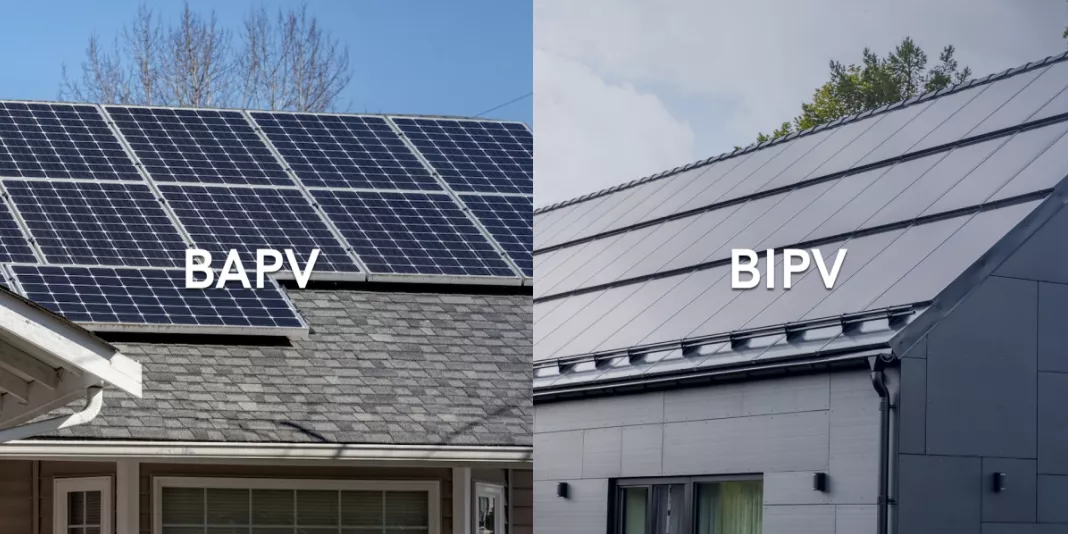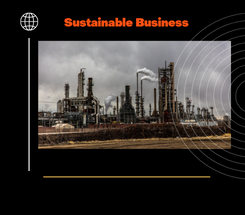The Future of Clean Energy for Low-carbon MiC Public Housing using Smart Building Integrated Photovoltaic Systems (BIPVs)
Three key takeaways:
- Our two SSC summer interns visited Fanling for a progress demonstration and had an insightful interview with the project leader, Prof. Changying Xiang.
- The integration of PV systems into the building structures has immense potential to transform electricity generation in Hong Kong’s public housing landscape.
- The project optimizes solar energy potential through innovative solutions for control and efficiency, ensuring long-term viability and economic benefits.
Introduction
An ongoing R&D green building project is carried out near Fanling, in cooperation with SOCAM Development Limited. Although separate from SSC’s existing photovoltaic project, both are led by Professor Changying Xiang from the Division of Integrative Systems and Design. He is a passionate researcher who also serves as the Director of Laboratory of Zero Carbon Architecture and Future City in HKUST. The speed of the project’s progress has attracted SSC writers to visit an onsite survey (24/6).
Imagine an exterior facade that prioritizes sustainable energy; BIPVs are an innovation in modern architecture that are progressively becoming more practical for public housing and a wide span of buildings like educational institutions. While the conventional installation of solar panels on buildings is known as Building-Applied Photovoltaics (BAPV), Building-Integrated Photovoltaics (BIPV) is the incorporation of solar generating mediums into a building’s surface.
This project’s end goal is to maximize solar energy harvesting potential from more advanced clean energy systems. One of the aims being to improve energy efficiency, BIPV uses passive cooling techniques such as radiative cooling and applying self-cleaning coatings on the systems. To optimize further, the project is also using high-efficiency colored PV materials, as well as integrating smart sensors into the PV and shading systems to enable them to respond to weather changes.

Figure 1: Difference between BAPV vs. BIPV on a house roof
Source: https://solarstone.com/blog/why-building-integrated-photovoltaics
Interview Questions
SSC was given an opportunity to interview Prof. Changying XIANG himself for this article. Below are some of the questions and answers exchanged:
1. What is your target in the installation of BIPVs for Public Housing? Why do you choose public housing?
“Buildings, amounting up to 90% of Hong Kong’s electricity consumption, are actually composed of housings for the majority of its typology. Actually, a challenge for BIPV is that the systems are tailor-made differently for each kind of building. Fortunately, housing projects are modular, hence structures are mostly similar. Thus, installation and spread of usage is easier. In this case, if BIPV can be implemented in public housing, this will benefit a lot of people and promote the development rapidly.”
2. What measures have you taken to measure the long-term durability and maintenance of these PV systems?
“So usually, we carry out maintenance for BIPV similar to glass or ceramic-like traditional building materials. However, we have some novel solutions for our current prototypes. We have applied self-cleaning coating on the PVs; meaning that you can actually reduce a lot of maintenance effort for at least three to five years, stabilizing its efficiency. Other than that, the BIPVs have already met the building code with design age. For example, the tempered glass is very strong, as their frame design can stand the typhoon. The building material is also A-class made fireproof, so it ensures utmost safety.”
3. Could you discuss any potential economic benefits associated with the installation of PV systems for public housing?
“With this project, we actually have hopes to benefit from the Feed-In-Tariff policy. In simpler words, if you generate electricity by solar power and the product becomes a marketable clean energy solution, you will be awarded well. With the presence of this policy, payback time will be much shorter. Our estimation, the colorful BIPV system in Hong Kong will take 6-7 years payback time. Of course, we want to reduce construction costs by using more robots later. In this way, you can see this opportunity being a good economic model. The warranty of a PV panel is at least 25 years. After seven years of its payback period, the rest of the time will just be net income. So adopting sustainable energy on a large scale can also be seen as a profitable investment.”
Wrap Up!
From the onsite visit and conversations with project members, the most valuable takeaway is the possibility of interweaving sustainable efforts into architectural concepts. The integration of photovoltaic (PV) systems in this project has the potential to transform electricity generation and support sustainability goals, addressing environmental concerns by providing clean energy, reducing greenhouse gas emissions, and promoting efficiency.
From an economic perspective, the PV systems offer financial benefits through cost savings on electricity consumption and long-term viability with their recyclable components. Furthermore, the project's emphasis on improved indoor daylighting enhances occupants' health and well-being. Overall, this initiative represents a proactive approach to addressing climate change, promoting a cleaner environment, and driving positive change towards a greener, more sustainable future. The role of SSC in facilitating the growth of these projects is to emphasize that the appreciation of net-zero projects will inspire individuals to take action on new ideas, contributing to our current sustainability goals

![[Sustainable Living Pod EP.2] Aquaponics in HKUST](/sites/default/files/impact/image/Aquaponic.png)
![[Sustainable Living Pod EP.1]Introducing Hong Kong Jockey Club Sustainable Campus Consumer Programme](/sites/default/files/impact/image/What%20does%20HKJCSCCP%20do%20in%20hkust.png)
![[Sustainable Living Pod EP.3] AI Ambassador](/sites/default/files/impact/image/AI%20Ambassador.png)